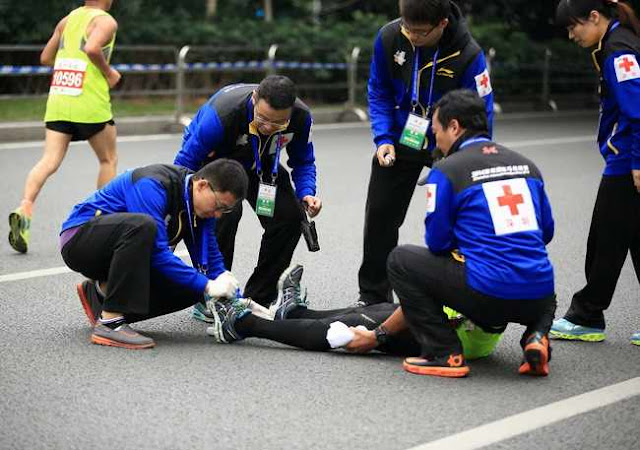Know How to First Aid for a Fainting Person
People can pass out anytime and anywhere. Therefore, giving first aid to a faint person is not only the duty of doctors and nurses. Everybody needs to know how to give the fainting person the right help, so that initial treatment can be done right away.
Fainting occurs when the brain lacks blood supply, so the intake of oxygen and blood sugar to the brain also decreases. In fact, both are needed by the brain to function properly. As a result, there can be a temporary decrease in consciousness.
Apart from the reduced flow of oxygen and blood sugar to the brain, fainting can also be caused by fatigue. Fainting can also be caused by certain medical conditions or diseases, such as:
- Hypoglycemia.
- Heart disorders, such as heart rhythm abnormalities (arrhythmias) and heart failure.
- Panic attack.
- Electrolyte disturbances.
- Drastic drop in blood pressure, for example due to orthostatic hypotension or dehydration.
Other Symptoms to Watch Out for When Someone Faints
Fainting can be experienced by anyone and at any time. For example, when the body is too tired, late to eat, change the position of the body too quickly, or when jostling in public transportation. These conditions can trigger a decrease in blood pressure and heart rate, so that blood intake to the brain decreases and results in decreased awareness. Fainting that is not caused by a serious medical condition is usually harmless and the sufferer can regain consciousness after some time. However, fainting needs to be watched out for when accompanied by other signs and symptoms, such as:- Chest pain
- Shortness of breath or no breathing spontaneous breathing
- Irregular heartbeat
- Lips turned blue
- Pale and cold skin
- Convulsions
- Confusion
- Headache
- Fainted after suffering a head injury
Steps to Take for a Fainting Person
Handling of fainting people actually depends on the cause. However, there is a general way that can be done as first aid for a fainting person (before the person is helped by a doctor in the hospital). The following are the right steps to help a fainting person:- Move the fainting person to a safe and comfortable location. For example, if you pass out on the road, try moving the person to the edge of the road. If fainting is caused by heat, move the person to a more shady place and make sure he or she gets fresh air.
- Ask for help from others to contact the nearest ambulance or hospital.
- Check the condition of the person who fainted, call the person and see if he can respond or answer the call. In addition, consider also whether the person can breathe and there is a pulse on his neck.
- Position supine and raise his legs higher about 30 cm from the chest. This action aims to restore blood flow back to the brain. People who are passed out in their seats are also recommended to be laid on the floor or a flat surface.
- Do not forget to loosen his clothes, so that he can more easily and comfortably to breathe.
- When conscious, give him sweet drinks, like sweet tea. Sweet drinks can increase blood sugar and restore the energy needed by the body.
- If he vomits, tilt his head so he doesn't choke and the vomit doesn't hit him.
- If the person remains unconscious for several minutes, is not breathing, or his pulse is not detected, then you need to give artificial respiration and CPR while waiting for the ambulance to arrive.



Comments
Post a Comment